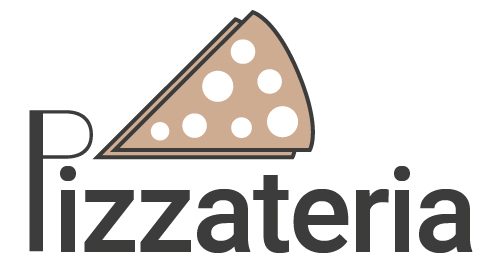8 New Ways Pizzerias Can Beat Restaurant Supply Chain Issues

In 2021, restaurant sales rebounded, particularly in the first half. This increased demand gave rise to both full-service and fast-service restaurants and pizzerias.
However, optimism in many pizza restaurant owners was short-lived.
Although restaurant dining is on the rise, there’s also a wide-scale labour crisis as well as supply chain bottlenecks. It’s all a recipe for trouble.
Experts refer to a “Bullwhip Effect” where the food industry experiences a rapid recovery. This can lead to problems that are as severe as those experienced during the initial pandemic.
These issues are affecting supply chains and complicating more than just menus. All items, from mozzarella and pepperoni to paper bags and drinking straws, have been affected in some way or another.
Although it’s difficult to manage, there are ways that operators can minimize the impact of supply chains problems. Let’s look at eight strategies to help you remain profitable despite these ever-changing challenges.
Take a close look at your offerings
Limiting your options can help you manage inventory better. You can simplify your menu by choosing readily available items rather than relying on various special ingredients. Start by looking at the number of menu items made from each of your most reliable ingredients. Then, go on.
Keep an eye on inventory and coordinate with suppliers
Software solutions can help you communicate with wholesale suppliers and digitally manage your inventory.
These solutions can help you track trends within your business and provide a better understanding of the demand for your restaurant. The app will improve its ability to forecast demand and make ordering easier and more accurate over time.
Promote what’s profitable
Problems in the supply chain don’t only affect availability. They can also increase the cost of in-demand products such as pepperoni. Your offerings’ profitability can also depend on how well you manage labour issues.
Strategic substitutions like frozen dough balls can help increase the profitability of your menu items. They keep things moving when labour is scarce and reduce waste.
Find out where your supply comes from
There are many reasons you need to know where your supplies come from. Since the first pandemic, many viral spikes have occurred in regional areas. This can lead to local labour problems, transport issues, and many other problems. Similar regional effects can be caused by weather. The most important reason could be food safety or traceability.
For some items, consider multiple vendors
Although it is important to work closely with suppliers and build relationships, you might need some redundancy in your supply chains. This is a good idea if orders arrive late or if the item is not available. To understand the importance of dependability, you only have to run out one time. Consider whether it is worth placing alternate orders with more than one supplier if this happens.
Strategically Use Nonperishables and Refrigeration
Your restaurant’s supply chain is likely to include fresh ingredients. You should critically evaluate the fresh ingredients you need and consider whether frozen or shelf-stable options are available. You can also substitute fully prepared sauces with scratch-made. These swaps can even make it possible to have more money for toppings that you want on your signature dishes.
To meet customers’ needs, innovate
The pandemic has triggered changes in many other areas of the foodservice industry, including the supply chain. Customers also had to adjust. As lockdowns kept families in their homes, frozen pizza sales rose early in the pandemic.
While not everyone has returned to eating in, some customers still enjoy the delicious flavours of your menu. You might consider offering frozen versions of the top-selling items on your menu.
Keep customers in the loop 🙂
Communication is important, and pizzeria customers want their favourite restaurants to thrive. Communicating directly with your customers about things that directly affect them, such as price increases for menu items, can help you communicate with them. Your website, social media, posters in-house, and marketing communications can be used to inform customers about what is available and the substitutions you have made. Customers should be informed in advance if they have labour issues that could affect your dine-in service.




Leave a Reply